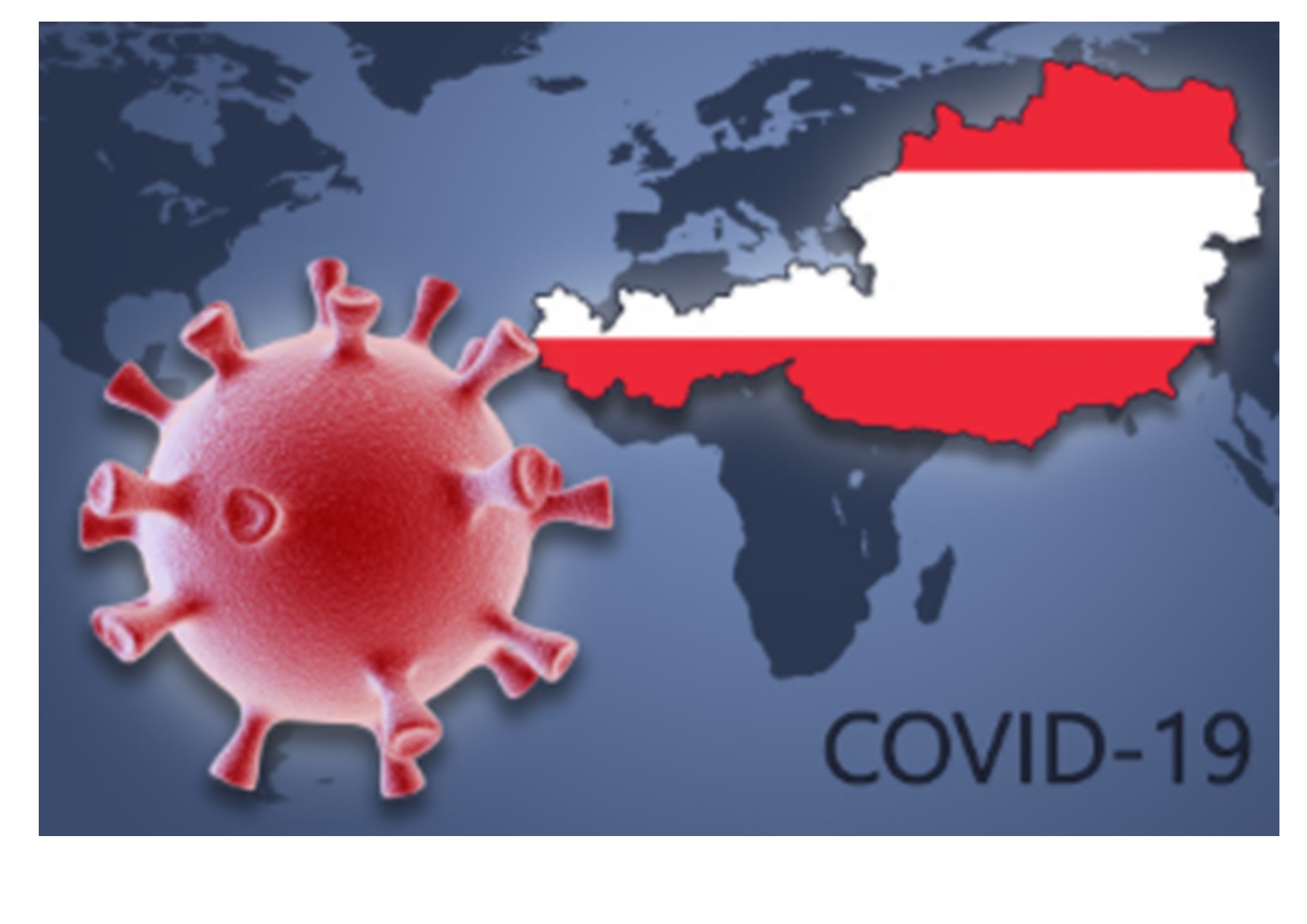Experts around simulation researcher Niki Popper estimate that the immunization rate in Austria is only 61 percent. The reason for this is that some people have not been able to build up protection against Covid-19 despite being vaccinated or infected.
In its current “Model-Based Estimation of the Immunization Level in Austria,” the team led by simulation researcher Niki Popper assumes that about 61 percent of the total population is currently actually immunized against the SARS-CoV-2 virus. This depresses the effective replication number by 52 percent. Away from the approximately 50,000 active Covid-19 cases around Nov. 1, there could have been about 175,000 additional infected people at that time (unreported numbers).
Survived infection does not equal immunization
About 40 percentage points among the 61 percent immunized are due to vaccination. Just over ten percentage points are contributed by people who have both recovered and been vaccinated. “About nine percentage points have their immunity solely due to having survived a covid disease,” write the experts at dwh, a spin-off of the Vienna University of Technology (TU).
Even though this percentage of people immunized by disease has increased slightly recently due to the rising numbers of new infections, it is still not really high, Popper told APA. Overall, the number of people protected by proven or unproven survived infection has actually decreased since March and April. This effect also explains the discrepancy between Popper’s immunity estimate and the supposedly much higher immunization rate, which is made up of the slightly more than 62 percent of Austrians who are currently fully vaccinated and those who have recovered.
Some people not protected despite vaccination
The difference results, among other things, from the deduction of those people who are not sufficiently protected despite vaccination, for example because their immune system has not built up an appropriate response. The scientists also took into account the weakening of the immune response over time.
Based on all available data, Popper and colleagues also continuously calculate the influence of the immunization of the population on the effective reproduction rate. This is currently above the neuralgic value of 1, which means that 100 infected people statistically in turn infect more than 100 other people with the coronavirus. According to the model calculations, the immunization rate depresses the reproduction number by about 52 percent compared to a completely unprotected population, thus halving it. However, the dominant delta variant in Austria, which in turn is about 50 percent more contagious than the alpha variant that circulated before it, counteracts this. “Without the immunized, the situation would be correspondingly worse,” Popper said.
Infectious individuals abound
But if, in turn, the proportion of immunized individuals were to increase somewhat further, this could lead quite quickly to a sharp reduction in the number of cases, because the virus would run out of infectable individuals, who are now still too plentiful. What is needed here, above all, is some additional first and second vaccinations. In general, Popper is convinced that the effect of the broadest possible immunity in the population in the fight against a pandemic is far greater than the reductions that can be achieved with other containment measures.
— source: APA/picture: pixabay.com
This post has already been read 1463 times!



